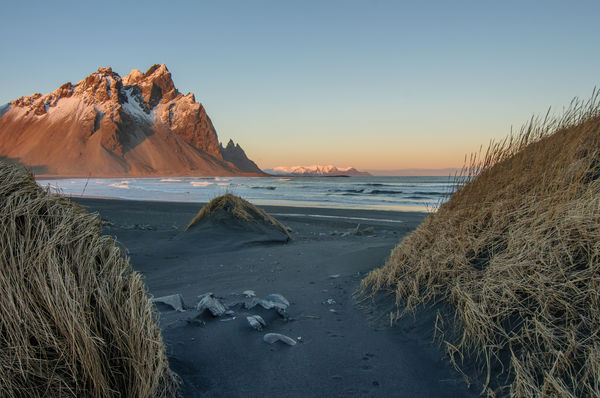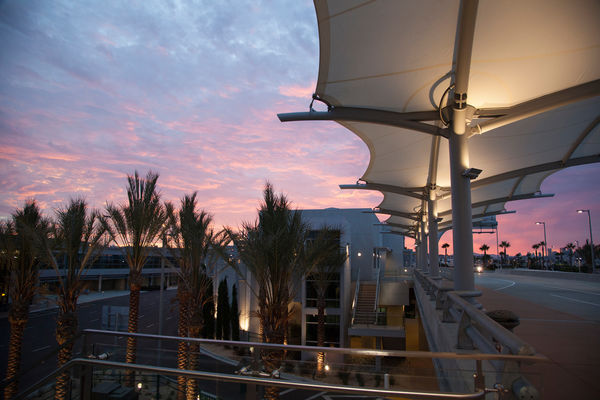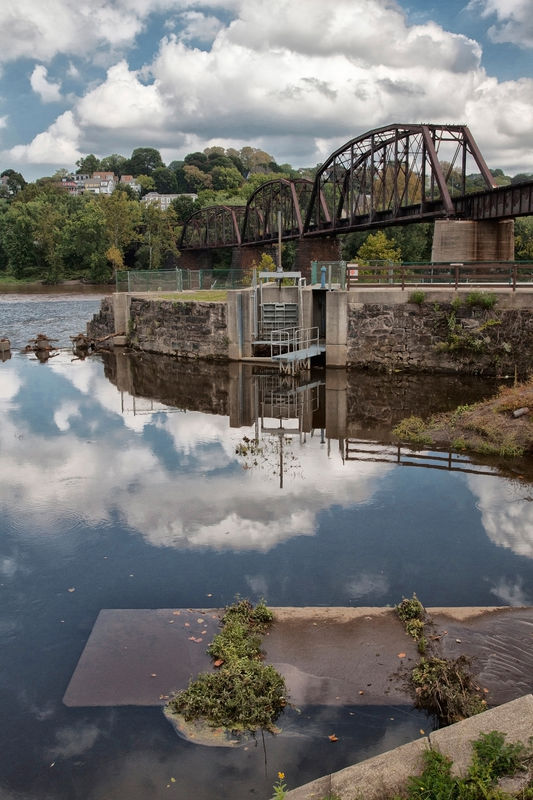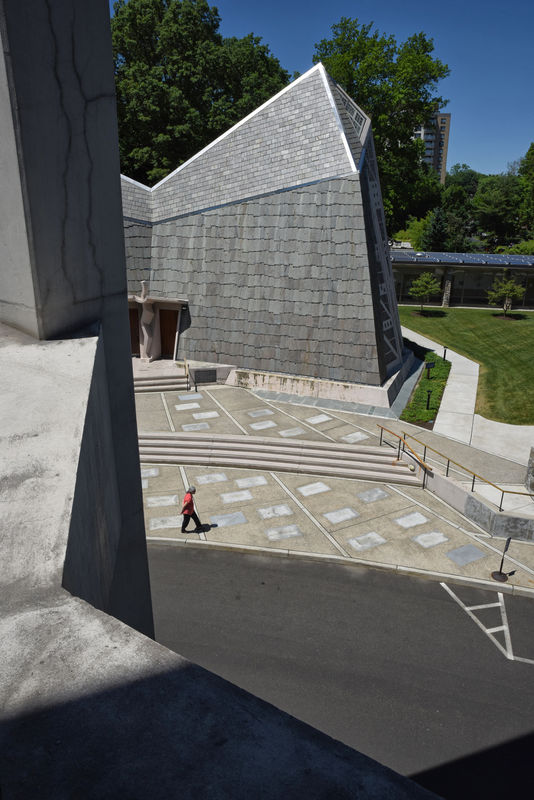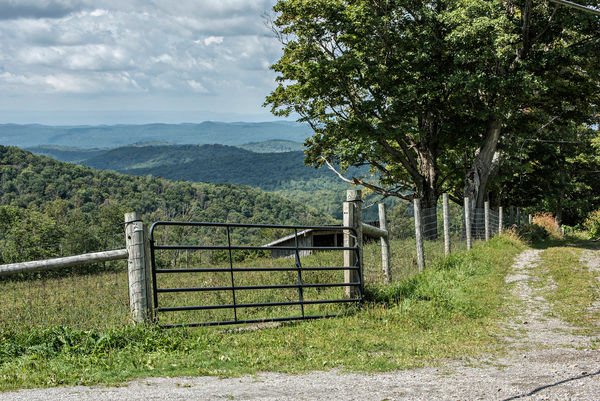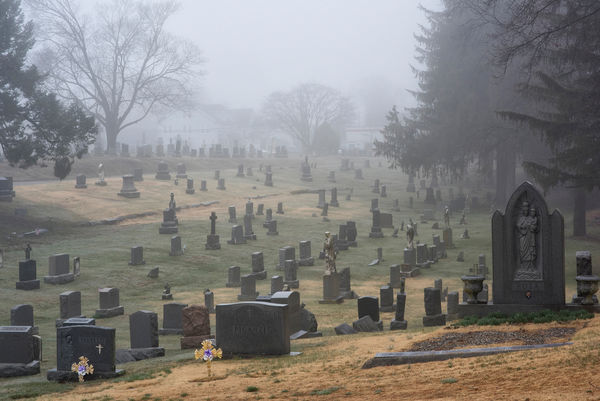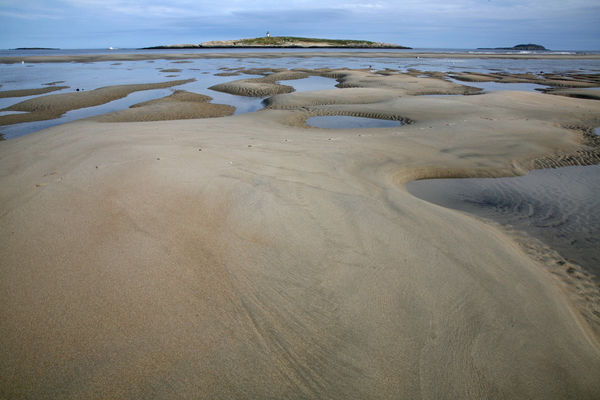Check out Travel Photography - Tips and More section of our forum.
Foregrounds in Landscape Shots (discuss and share).
Apr 4, 2020 09:17:10 #
This photo was one of my first with a new wide angle lens that I bought for my D300. I wanted to try to capture dramatic foreground elements in my landscape photos. We were early on the east coast of Iceland so that any footprints in the sand would have been washed away with the high tide. This photo is pretty much right out of the camera with the exception of some dust spot removal.
Apr 4, 2020 10:59:21 #
cameraf4 wrote:
I always look for a strong foreground when I'm out shooting. Here, I waited for the crowd to thin out and caught a good shot of Peggy's Cove Light as the sun was setting.
Beautiful. It always makes for a strong composition when the foreground connects with the rest of the shot. Thanks for posting.
Apr 4, 2020 11:06:00 #
Linda, I love your image with the flowers in the foreground and the mountain in the background. First, I'm amazed at your depth of field! I don't think I have ever gotten that deep. Second, the flowers are gorgeous. I think what I like most is the juxtaposition of the huge with the tiny and how each adds so much to the image of the other.
In looking at Cany's pictures, I've learned that he's a master of using foregrounds. I've decided that's why his photos are so good! I hope he chimes into this discussion.
In looking at Cany's pictures, I've learned that he's a master of using foregrounds. I've decided that's why his photos are so good! I hope he chimes into this discussion.
Check out Underwater Photography Forum section of our forum.
Apr 4, 2020 11:07:42 #
joehel2 wrote:
This photo was one of my first with a new wide angle lens that I bought for my D300. I wanted to try to capture dramatic foreground elements in my landscape photos. We were early on the east coast of Iceland so that any footprints in the sand would have been washed away with the high tide. This photo is pretty much right out of the camera with the exception of some dust spot removal.
The foreground is indeed strong, but because it doesn't obstruct the viewer from moving into the shot it's not a problem. In fact it's conducive to the viewer's attention being directed to the distant landscape, and because of that, it doesn't matter that the distant stuff is relatively small in the frame. Foreground and background are working together rather than competing with each other. There's even an echo in the foreground of the hill in the background. Thanks for posting an excellent example of what I've been saying.
Apr 4, 2020 11:11:14 #
AzPicLady wrote:
....In looking at Cany's pictures, I've learned that he's a master of using foregrounds. I've decided that's why his photos are so good!....
Indeed. Choice of subject on its own is only part of the story, and the whole is greater than the sum of the parts.
Apr 4, 2020 11:12:31 #
My humble contribution to this interesting thread will try to help with the selection and purpose of using lenses in landscape photography. I hope this will help the beginners to understand how important it is to select the right lens for landscapes to emphasize the foreground according to each one taste.
A majority of the landscape photographers that I know of and read about proclaim that a wide angle is the "right" lens to use. I look at their images and in the majority of them very wide lenses are used, lets say a lens like the Nikon 16-35 f4 VR just to mention one of those lenses when used with a camera that has what people now call a "full frame." Wide angle lenses per se are lenses that expand the foreground while the background is retracted. Useless to say that they emphasize the foreground although the expertise of the photographer is what makes those foreground to impact the viewer. A tele is all the contrary, because they tend to compress the perspective emphasis is placed on the background. I am sure you all have heard the words "intimate landscape" meaning that only one part of a landscape is made available to the viewer and that part is what the photographer wanted to emphasize with his telephoto.
In my humble experience one of the most useful lenses for landscape is the 35mm view offered by the 35mm focal length. The perspective is pretty close to what the human eye can see and properly used the 35mm lens can be successfully used to emphasize the foreground creating less expansion in the background. I know that not all wide angles do the same and I am referring to the perspective. If we want a natural perspective the 35mm lens is very hard to beat.
My first image was made in early morning light at Dolly Sods in West Virginia. This is a good example of using a 50mm lens (it was set at 31 mm focal length with my Nikon 28-105 f3.5-4.5 AF-D lens) with a DX body. I came as close to the rock as circumstances allowed in the mountains. Doing so obviously emphasizes the foreground creating a comparative scale between foreground and background and adding a perception of depth to the image.
The second shot was made in Canaan Valley also in West Virginia. I used the Nikon 24-70 f2.8 with the DX body which gave me the view of a 36mm lens. I made it a pano which gives the impression that the image was made with a wider lens. Here also the foreground is emphasized with a leading line made by the fence directing the eye to the house in the background. Having a foggy morning added to the atmosphere of the image.
The third shot is another one emphasizing the 35mm view. This time it was a sunset, also at Dolly Sods. In spite of using a DX body look at how beautifully was the foreground rendered. When we use a zoom we tend to crop with the lens. Use discipline and select a focal length and stick to it often. In this case I knew that around 31mm was pretty close to the view offered by the 35mm lens. If any zooming is needed do that with your feet. It is more important to move around using a fixed focal length than zooming with the lens and the subject can be photographed from different positions.
Finally, a view similar to a 50mm lens can work very nicely for landscape photography as I already mentioned specially when important objects in the foreground are present. That was exactly what I did with this image that I made at Canaan Valley, I came close to the tree and the perspective of the lens caused a slight compression of the background making it look closer than it was but without exaggerating the perspective. This is the kit lens sold for Olympus M43 cameras. One extreme wide angle would have worked as well with these images as long as the photographer knew how exactly use the lens. All the images had the foreground I planned and I was satisfied with my results.
A majority of the landscape photographers that I know of and read about proclaim that a wide angle is the "right" lens to use. I look at their images and in the majority of them very wide lenses are used, lets say a lens like the Nikon 16-35 f4 VR just to mention one of those lenses when used with a camera that has what people now call a "full frame." Wide angle lenses per se are lenses that expand the foreground while the background is retracted. Useless to say that they emphasize the foreground although the expertise of the photographer is what makes those foreground to impact the viewer. A tele is all the contrary, because they tend to compress the perspective emphasis is placed on the background. I am sure you all have heard the words "intimate landscape" meaning that only one part of a landscape is made available to the viewer and that part is what the photographer wanted to emphasize with his telephoto.
In my humble experience one of the most useful lenses for landscape is the 35mm view offered by the 35mm focal length. The perspective is pretty close to what the human eye can see and properly used the 35mm lens can be successfully used to emphasize the foreground creating less expansion in the background. I know that not all wide angles do the same and I am referring to the perspective. If we want a natural perspective the 35mm lens is very hard to beat.
My first image was made in early morning light at Dolly Sods in West Virginia. This is a good example of using a 50mm lens (it was set at 31 mm focal length with my Nikon 28-105 f3.5-4.5 AF-D lens) with a DX body. I came as close to the rock as circumstances allowed in the mountains. Doing so obviously emphasizes the foreground creating a comparative scale between foreground and background and adding a perception of depth to the image.
The second shot was made in Canaan Valley also in West Virginia. I used the Nikon 24-70 f2.8 with the DX body which gave me the view of a 36mm lens. I made it a pano which gives the impression that the image was made with a wider lens. Here also the foreground is emphasized with a leading line made by the fence directing the eye to the house in the background. Having a foggy morning added to the atmosphere of the image.
The third shot is another one emphasizing the 35mm view. This time it was a sunset, also at Dolly Sods. In spite of using a DX body look at how beautifully was the foreground rendered. When we use a zoom we tend to crop with the lens. Use discipline and select a focal length and stick to it often. In this case I knew that around 31mm was pretty close to the view offered by the 35mm lens. If any zooming is needed do that with your feet. It is more important to move around using a fixed focal length than zooming with the lens and the subject can be photographed from different positions.
Finally, a view similar to a 50mm lens can work very nicely for landscape photography as I already mentioned specially when important objects in the foreground are present. That was exactly what I did with this image that I made at Canaan Valley, I came close to the tree and the perspective of the lens caused a slight compression of the background making it look closer than it was but without exaggerating the perspective. This is the kit lens sold for Olympus M43 cameras. One extreme wide angle would have worked as well with these images as long as the photographer knew how exactly use the lens. All the images had the foreground I planned and I was satisfied with my results.
Apr 4, 2020 11:14:39 #
AzPicLady wrote:
Appreciate your comment, Kathy! That was with the APS-C Canon, so equiv to full frame would be about 25 mm, using f/14. I'm also quite positive I took advantage of the rotating LCD to get a lower angle view.Linda, I love your image with the flowers in the f... (show quote)
Per your second paragraph, I've sent a pm invite to Cany

Check out The Pampered Pets Corner section of our forum.
Apr 4, 2020 11:41:46 #
camerapapi wrote:
My humble contribution to this interesting thread ... (show quote)
Thank you camerapapi for bringing up a very relevant point. A wide angle lens does indeed emphasise the foreground, and it's worth our time to learn how to take advantage of that emphasis. Having said that, telephoto lenses condense the perspective and emphasise the background, bringing the distant stuff closer, which is another effect that can be put to good use in some situations. Sometimes the distant stuff is just a bit too distant and would become lost with a wide angle lens.
camerapapi wrote:
....All the images had the foreground I planned and I was satisfied with my results.
I think we'd all be pleased with results like that
 .
. The first three are excellent examples of foregrounds adding depth like nothing else can. They also add a sense of presence and "being there".
Thanks again for your excellent input.
Apr 4, 2020 11:50:48 #
R.G. wrote:
The foreground is indeed strong, but because it do... (show quote)
Thank you for your kind comments.
Apr 4, 2020 11:55:31 #
Apr 4, 2020 12:08:34 #
camerapapi wrote:
William, your #3 reminds me so much of Maine: granite rocks and low-bush wild blueberries! I do believe I can see a moose off in the distance My humble contribution to this interesting thread ... (show quote)

Check out Film Photography section of our forum.
Apr 4, 2020 12:13:44 #
Linda if you have never visited Dolly Sods Wilderness in West Virginia pay them a visit. Plenty of sceneries to photograph and the near by Canaan Valley is also very photogenic.
Good shooting!
Good shooting!
Apr 4, 2020 12:26:37 #
What a fun topic for us R.G. Thank you. Certainly enjoying the response. I have put together a few examples. At least I think they are.
1 Arriving early to the San Diego airport, loaded down with luggage. Decided to put everything down and get my camera out.
2 Somewhere up along the Delaware river Pa. My purpose for this shot was to do exactly what this post is about. Otherwise I don't think it would have had much interest.
3 A broken lock on the bell tower gate allowed me this opportunity. F20 and hoped it was enough.
4 A scene in Vt. I know its a lot of foreground but my eye takes it in and moves on up to settle in the distance.
5 My eye moves up into the area most fogged in, and accepts the foreground as peripheral.
6 Popham beach Maine.
Look forward to any thoughts you have.
1 Arriving early to the San Diego airport, loaded down with luggage. Decided to put everything down and get my camera out.
2 Somewhere up along the Delaware river Pa. My purpose for this shot was to do exactly what this post is about. Otherwise I don't think it would have had much interest.
3 A broken lock on the bell tower gate allowed me this opportunity. F20 and hoped it was enough.
4 A scene in Vt. I know its a lot of foreground but my eye takes it in and moves on up to settle in the distance.
5 My eye moves up into the area most fogged in, and accepts the foreground as peripheral.
6 Popham beach Maine.
Look forward to any thoughts you have.
Apr 4, 2020 12:27:21 #
R.G. wrote:
Foregrounds can be used to provide a sense of pers... (show quote)
In the first instance I had scouted for a foreground the evening before and settled on the rocks. After seeing the image I agonized for weeks over the proportions of the foreground and subject. My inclination was that the foreground rocks occupied too great a space. It wasn't until I stumbled upon Ansel Adams's monochrome photo from the same location that I decided that if it was satisfactory to him it worked for me.
In the second instance I found the lady with the colorful umbrella to work well as a foreground element. I liked the size relationship between her and the main subject as well as hoping that this foreground would keep the viewer in the scene for a longer time. She was simply looking at the relatively empty square in the rain and never knew I was there.
Apr 4, 2020 12:46:12 #
If you want to reply, then register here. Registration is free and your account is created instantly, so you can post right away.

